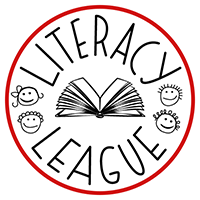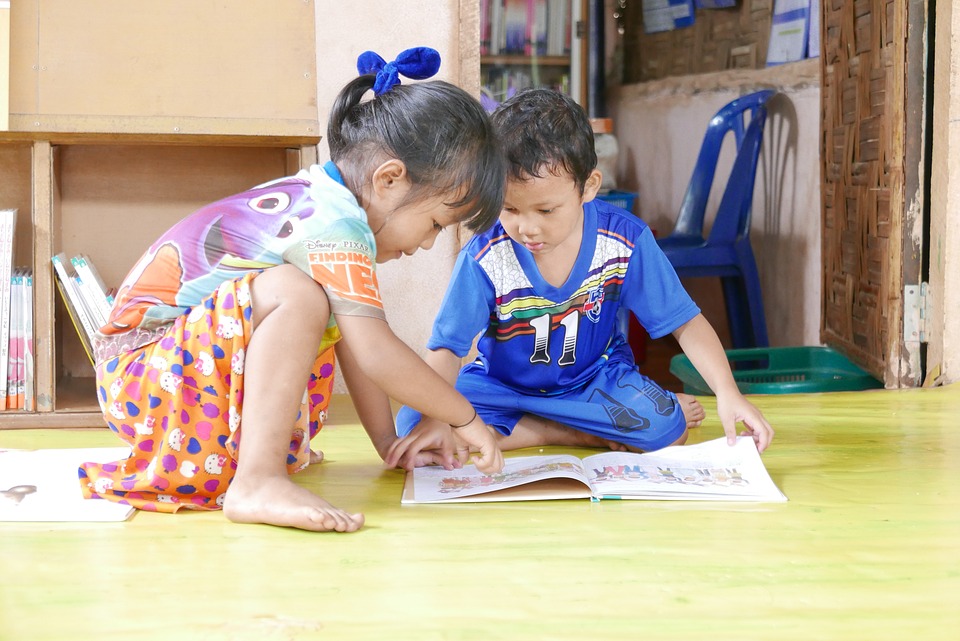Why reading a book needs to be a sensory experience for preschoolers.
Technology puts books at our fingertips. Digital media revolutionizes how books are accessed for the young and old. No need to lug heavy volumes of books to the beach; just grab your sunscreen and smart phone and summer reading is underway. The availability of digital reading materials for children is a flourishing business. Across classrooms, children are instructed, self-learn and are tested via digital media. But I suggest we back away from digital books and decide if early introduction to technology hurts our youngest learners. When we put digital media in the hands of preschoolers to read, are we short changing opportunities to learn through tangible, rich sensory experiences?
The physical book offers a full range of sensory possibilities for the child. The sense of touch allows a child to process the book’s texture, weight and thickness. Touch is exploring a book by flipping through the pages. “This direct sensory-motor experience leads to the creation of a mental map of the entire text and has a direct impact on children’s reading comprehension.” The text of an e-reader or iPad is covered by a glass screen putting a barrier between the print and the reader. Researchers are gathering data on whether how children engage an ebook will impact comprehension and interaction between an adult reader and the child. Others suggest young children tend to be more focused on the device verses the print and story content. In some ways, to engage the device is to explore it through the senses, but this has nothing to do with “reading.” To hold a book is to possess it; have ownership. “It’s MINE!” is often the words uttered by a young child hugging a new, favorite book.
At the same time as the child is touching the book, the twin senses of sight and smell add another dimension to the sensory experience. The scent of a book, whether “new book” or “much loved book” is an instantaneous sensory experience. When it comes to sight, I like to encourage children to take a visual “Book Walk” from the first to last page without reading the text. Taking a “Book Walk,” or “Picture Walk,” is a pre-reading skill necessary to make sense of print. To “read” the pictures is a near impossible sensory activity when swiping an ebook page.
 There is a very good reason baby books are often made of cloth or cardboard. Babies tend to investigate their world by oral exploration. Eventually, once they pass through the oral stage, babies begin to engage in a book through all their senses working together. Like every other learning process, exploring books is an evolving, full body experience for our youngest children. More opportunities to engage with books build on past experiences, even if the child chews on a book!
There is a very good reason baby books are often made of cloth or cardboard. Babies tend to investigate their world by oral exploration. Eventually, once they pass through the oral stage, babies begin to engage in a book through all their senses working together. Like every other learning process, exploring books is an evolving, full body experience for our youngest children. More opportunities to engage with books build on past experiences, even if the child chews on a book!
Our youngest learners will be shortchanged if we give them a steady diet of digital books. The whole child needs to engage in books as often as possible through rich, hands on, and varied “multisensory learning.” As in learning other skills, children learn at their own rate. When it comes to handling books, some will pass through the sensory stages and move to digital media quickly. Other children will need more sensory experiences until ready to transition to the wonderful world of reading through technology.





Leave a Reply